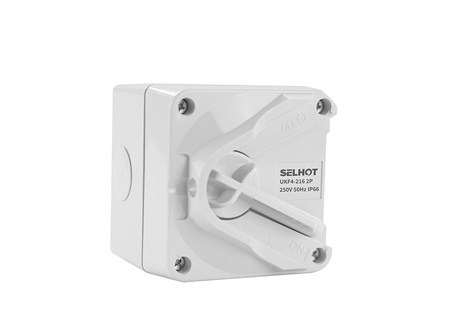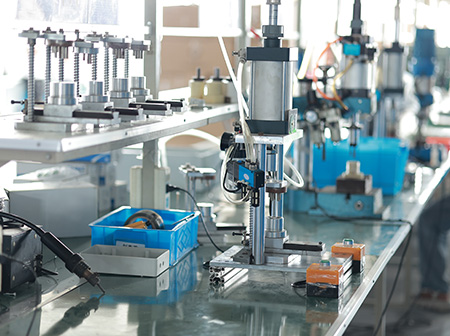Many users working with electrical systems often wonder about the real purpose of an isolation switch. It's not just a regular on-off switch—its role is closely tied to safety and system stability, especially in setups where even small electrical risks can lead to big issues. This article will break down its key functions clearly, helping you understand why it's a necessary part of most residential, commercial, and industrial electrical setups.

The primary job of an isolation switch is to create a physical break in an electrical circuit. Unlike standard switches that might only stop current flow temporarily (or leave residual charge in capacitors), it ensures the circuit is fully disconnected with no lingering electricity. This matters because when an electrical device or section of a system needs to be shut down—such as due to a fault or planned downtime—the isolation switch eliminates the risk of unexpected current surges. It essentially creates a "power-free zone," which is the first line of defense against accidental contact with live parts.
Electrical equipment needs regular checks and fixes, and the isolation switch makes these tasks safer—especially in high-voltage environments like factories or commercial buildings. When a worker needs to inspect, take apart, or repair a device (like a motor, generator, or control panel), they first use the isolation switch to cut off power to that specific device. Even if the main electrical system stays running (to avoid disrupting other operations), the targeted equipment remains completely de-energized. This removes the danger of electric shock during hands-on work, protecting workers from serious injury or worse.
Accidental reconnection of power is a major risk in electrical work, often caused by miscommunication or human error. Isolation switches often come with a locking feature—once you switch it off, you can secure it in the "off" position with a padlock, keyed lock, or safety tag. This stops anyone else (like a colleague unaware of ongoing work) from mistakenly flipping the switch back on. In busy spaces like construction sites or manufacturing plants, this simple lock turns a potential hazard into a controlled safety step.
To sum up, the isolation switch's functions all center on safety: it physically isolates circuits, safeguards workers during maintenance, and stops accidental power restoration. It's not an optional add-on but a critical component that keeps electrical systems running safely and reliably. Understanding these roles helps you use and set up your electrical equipment more responsibly, whether you're managing a home system or an industrial facility.
If you're looking for isolation switches that meet strict safety standards and work for various industrial or commercial scenarios, you can visit our product page to explore options designed to fit different electrical system needs.

